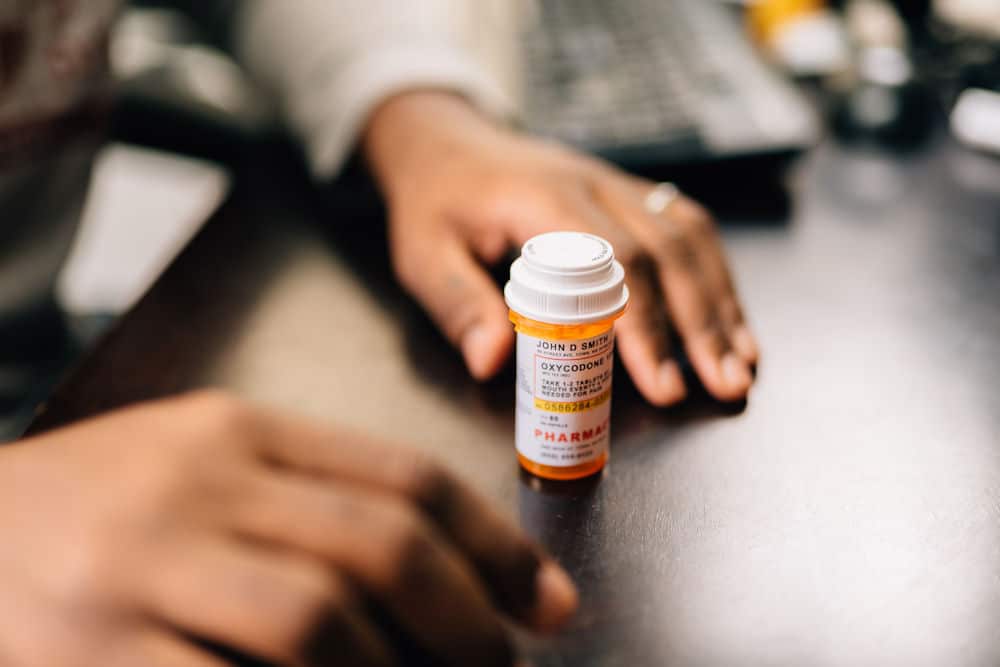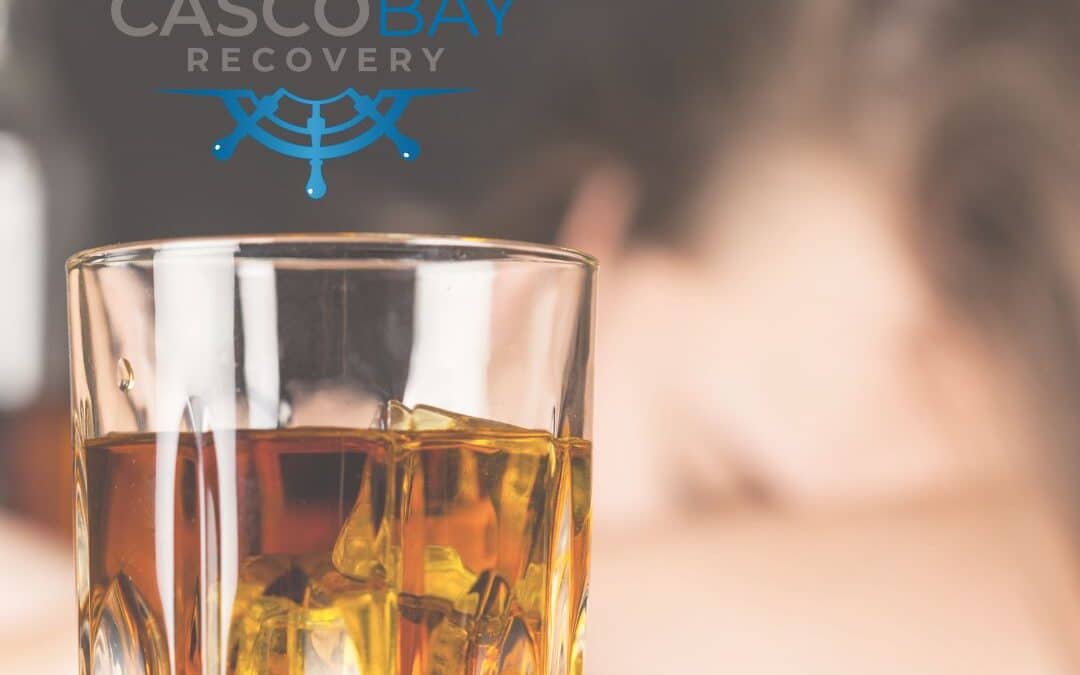Have you ever wondered about the difference between oxycodone vs hydrocodone? As two of the most common prescription opioids, these medications are often used to treat pain. You may have taken one or both at some point after surgery or for chronic pain. While they share some similarities in how they work, there are a few key differences you should understand. Whether you’re currently taking one of these medications or just curious to learn more, read on to discover everything you need to know about oxycodone vs hydrocodone.
What is Hydrocodone?
Hydrocodone is a medicine often given to manage pain. It’s a type of opioid, made from codeine. It works by attaching to receptors in the brain and spine, changing how we feel pain and providing relief for moderate to moderately severe pain.
Healthcare professionals may prescribe using hydrocodone along with other medicines like acetaminophen or ibuprofen to create a combined effect for pain relief. This mix can be recommended for different types of pain, such as dental discomfort, injuries, or other conditions causing unease.
What is Oxycodone?

Oxycodone is an opioid commonly used for pain management. Like hydrocodone, it’s classified as an opioid analgesic and operates by binding to receptors in the brain and spinal cord. This binding alters pain perception, offering relief to individuals facing significant pain, such as that arising from surgery, injury, or specific medical conditions.
Oxycodone comes in different types, including immediate-release and extended-release formulations. Immediate-release oxycodone is often used for quick relief but you might need to take it more often. In contrast, the extended-release version is made to give relief for a longer time, so you don’t have to take it as much.
What Are the Similarities Between Hydrocodone and Oxycodone?
Oxycodone and hydrocodone both come from similar sources called opium alkaloids. These pain-relieving medicines work in similar ways, affect how we feel, last a similar amount of time, and are mainly used for managing pain.
Mechanism of Action
In terms of functionality, both medications operate in analogous ways. They exert their pain-relieving effects by binding to specific receptors in the brain known as opioid receptors. This interaction modifies the transmission of pain signals, contributing to the alleviation of pain.
Euphoria and Sedation
An overlapping characteristic is the potential to induce feelings of euphoria and sedation. This shared effect is a result of the medications’ influence on neurotransmitter activity in the brain, impacting mood and arousal.
Duration of Effects
The duration of action for both oxycodone and hydrocodone is comparable, typically lasting for approximately 4 to 6 hours. This similarity in the timeframe of effectiveness is a practical consideration for healthcare providers when determining dosing schedules.
Pain Management
Both opioids are prescribed for pain management, with oxycodone generally recommended for moderate to severe pain and hydrocodone for moderate pain. Their effectiveness in pain relief is a shared therapeutic aspect.
Legal Classification
Both hydrocodone and oxycodone are subject to legal controls and are classified as controlled substances. This is because they have the potential for misuse and can be harmful. The rules around them are in place to ensure they are used responsibly and safely.
What Are the Key Differences Between Oxycodone and Hydrocodone?
When it comes to powerful prescription painkillers, oxycodone and hydrocodone are two of the best-known options. While they are similar in many ways, there are some key differences you should understand before taking either one.
Potency
Oxycodone is acknowledged as slightly more potent than hydrocodone. In terms of pain relief, a smaller dose of oxycodone (e.g., 5 mg) can yield a comparable effect to a larger dose of hydrocodone (e.g., 10 mg). However, this heightened potency comes with increased risks and side effects, making oxycodone a more potent but potentially riskier choice.
Side Effects
The side effects of both oxycodone and hydrocodone are similar, including issues like nausea, vomiting, constipation, dizziness, and fatigue. Yet, due to its greater potency, oxycodone tends to induce more severe side effects, including perilous respiratory depression. Additionally, oxycodone is more likely to trigger a euphoric high, elevating the risks of addiction and abuse.
Metabolism and Elimination
Another difference is how the body processes and gets rid of oxycodone and hydrocodone. Oxycodone is mostly broken down in the liver and eliminated through the kidneys. Hydrocodone, on the other hand, undergoes both liver metabolism and kidney elimination. Recognizing these metabolic distinctions is crucial for healthcare providers to consider individual patient factors, potential interactions, and treatment plans.
Tolerance and Dependence
Both oxycodone and hydrocodone can cause increased tolerance and dependence, potentially leading to increased usage and difficulty stopping the medication. Oxycodone, being more potent, carries a higher risk of developing tolerance and dependence compared to hydrocodone. It’s crucial to closely monitor and stick to prescribed dosages to manage these risks responsibly.
Addiction Potential
Both oxycodone and hydrocodone entail risks of dependence, risks of addiction, and withdrawal. Oxycodone, being more potent and prone to inducing euphoria, is often considered more addictive. Concerns about oxycodone addiction and overdose are significant, while hydrocodone addiction, though still severe, carries comparatively lower risks.
While oxycodone and hydrocodone serve the same purpose in pain management, their differences highlight the importance of making informed decisions with the help of healthcare professionals. Awareness of these distinctions can contribute to safer and more effective pain management.
The Dangers of Oxycodone and Hydrocodone Addiction
Typically, physicians prescribe these medications as a final option when alternative treatments prove ineffective in adequately managing pain. This is because, even when adhering to the prescribed dosage, there is a significant risk of developing dependence and addiction.
Euphoric High and Pain Relief
Both oxycodone (found in OxyContin) and hydrocodone (found in Vicodin) work by binding to opioid receptors in the brain that stimulate the reward and pleasure centers. This produces an initial euphoric rush and eliminates pain sensations. The problem is that the effects of these drugs tend to decrease over time with repeated use, requiring higher and higher doses to achieve the same level of pain relief. This quickly leads to dependence and addiction.
Withdrawal Symptoms
When someone stops using oxycodone or hydrocodone after becoming addicted, they will experience extremely unpleasant opioid withdrawal symptoms. These may include nausea, vomiting, diarrhea, cold sweats, muscle aches, insomnia, agitation, and restlessness. The fear of going through withdrawal symptoms often keeps people trapped in a cycle of addiction.
Overdose Risk
As people build up tolerance and take higher doses of these drugs, the risk of a potentially deadly overdose greatly increases. Signs of taking too much include breathing very slowly or not breathing at all, being extremely sleepy, getting confused, having pale or bluish skin, and having tiny pupils. If this happens, it’s an emergency, and they need help right away.
Long-Term Health Issues
Prolonged abuse and addiction to oxycodone or hydrocodone can lead to severe health complications, such as liver and kidney damage, heart disease, sleep disorders, cognitive and memory impairments, depression, digestive problems, and malnutrition. The cumulative effect on physical and mental health highlights the grave dangers of misusing these medications.
Misusing and getting addicted to oxycodone and hydrocodone can be dangerous. To ensure responsible use and reduce the risk of addiction, it is critical to take these medications only as directed by your healthcare provider. Abusing them recreationally or in high doses can lead to serious problems. If you or someone you know is struggling with an opioid addiction, seek help right away. There are various options, like medicine, therapy, and support groups, to support recovery.
Finding the Best Addiction Treatment Center in Portland, Maine

In addiction treatment centers like Casco Bay Recovery in Portland, Maine, various options are available to address addiction, with the choice depending on individual needs and the severity of the addiction. Treatment modalities include:
- Detox is the initial step, allowing the body to eliminate addictive substances while managing withdrawal symptoms. It sets the foundation for further treatment but is not a standalone solution.
- Outpatient Rehabilitation and Inpatient. Outpatient rehabilitation involves receiving treatment while living at home and attending therapy sessions at a facility. Inpatient rehabilitation, on the other hand, requires residing at a treatment center for intensive, 24/7 care and therapy.
- Counseling and therapy. Individual sessions, such as cognitive-behavioral therapy (CBT) or dialectical behavior therapy (DBT), aid in understanding addiction’s root causes, developing coping strategies, and fostering lasting behavioral changes.
- Medication-Assisted Treatment (MAT). MAT involves medications, often combined with counseling, to manage cravings and withdrawal symptoms. It is commonly used for opioid and alcohol addiction.
- Support Groups. Groups like Alcoholics Anonymous (AA) or Narcotics Anonymous (NA) provide community support, following a 12-step model for ongoing assistance in recovery.
- Holistic Therapies. Holistic approaches, including yoga, meditation, acupuncture, and art therapy, address overall well-being, focusing on the mind, body, and spirit in recovery.
- Dual Diagnosis Treatment. For those with co-occurring mental health disorders and addiction, dual-diagnosis treatment addresses both conditions simultaneously, recognizing their interconnectedness.
- Aftercare programs and relapse prevention. Following formal treatment, aftercare involves ongoing therapy, support group participation, and developing coping skills to navigate challenges in the post-treatment period.
If you’re struggling with addiction and can’t stop on your own, don’t be afraid to ask for help. There’s no shame in seeking assistance. At Casco Bay Recovery, our caring team is ready to support you every step of the way. Contact us today!








